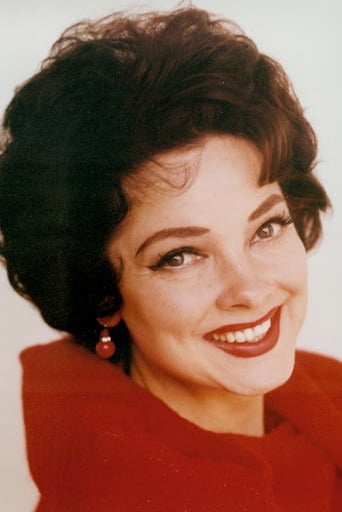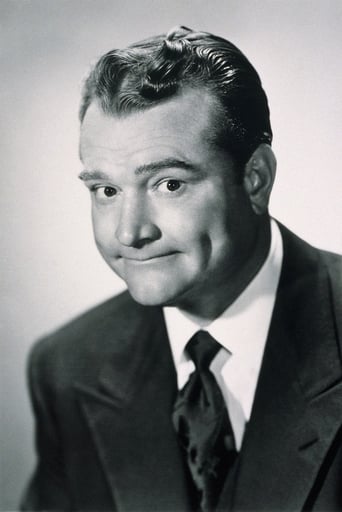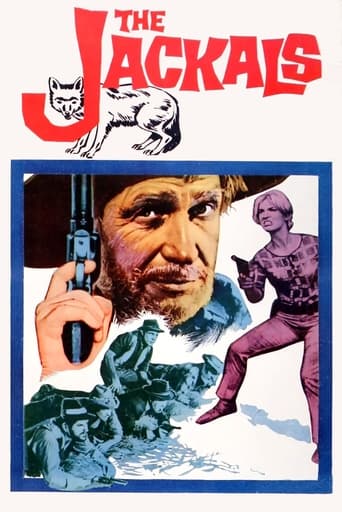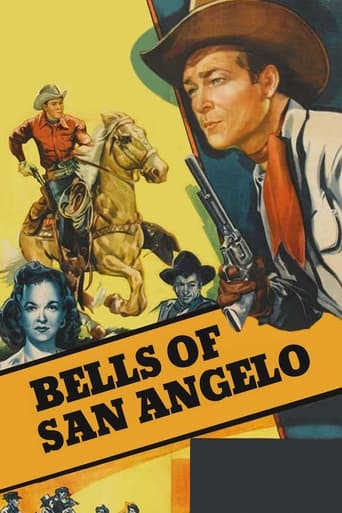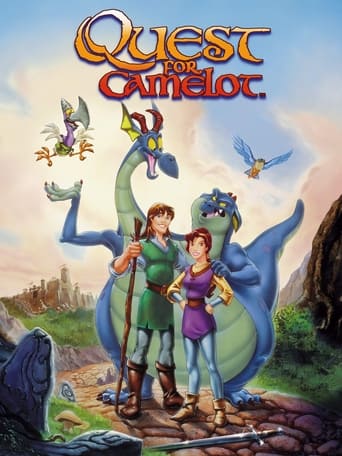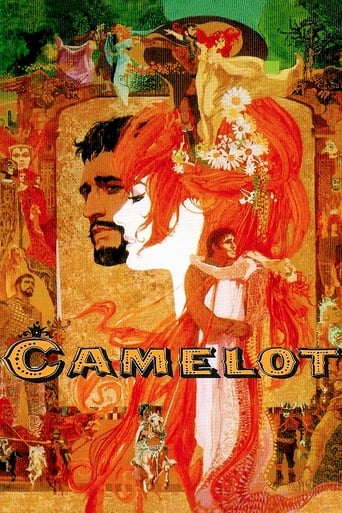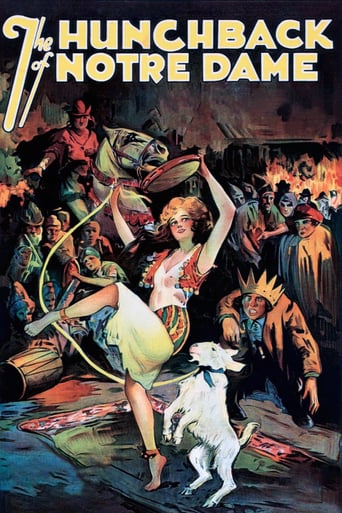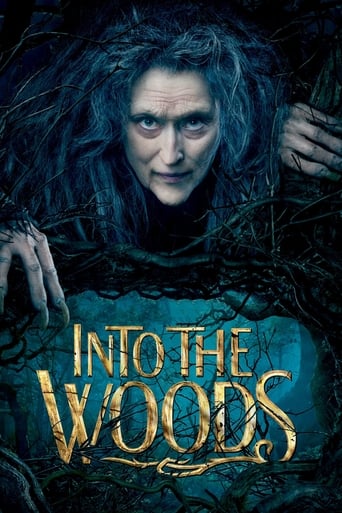

Lovely to Look At (1952)
Three broke Broadway producers are desperately looking for backers for a new show. When they are about to give up, one of them discovers that they are an heir to a Parisian dress salon. Off to Paris they go!
Watch Trailer
Cast


Similar titles
Reviews
Lovely to Look At (Mervyn LeRoy, 1952) is a remake of the Randolph Scott and Irene Dunne romance Roberta that trims and polishes Alice Duer Miller's plot, reworks the musical numbers and winds up a whole lot more satisfying. It's also something of a dry-run for the phenomenal Kiss Me Kate (the source play of which is referenced in the script) uniting three of that movie's stars a year ahead of time: tenor Howard Keel, soprano Kathryn Grayson and curvy tap dancer Ann Miller. The toothy Keel, my mum's favourite movie star, plays an aspiring Broadway producer, trying to get a new musical off the ground. When his fellow impresario, comic Red Skelton, inherits Parisian dress shop Roberta's, they and pal Gower Champion decide they'll sell up and splash the cash on their stage show – until they catch a look of the tasty co-owners (Grayson and Marge Champion).The film dispenses with much of its predecessor's plottiness, using Roberta's as a metaphor, rather than thinking a dress shop is massively important in itself. Howard Keel is more like Coward Heel, you see, and the selfish showman needs to learn how to do right by his friends, and the gownerie they hold so dear. Keel, who went stratospheric after Annie Get Your Gun and starred in several key musicals of the period, including Calamity Jane and Seven Brides for Seven Brothers, had a wonderful voice and fair comic instincts, but appeared to lack dramatic range. That's not necessarily true, evidenced by his commanding performance in Kiss Me Kate, but he was one-dimensional unless otherwise encouraged. Skelton is asked to truly act, as well as provide the usual buffoonery, and his scenes of heartbreak contrast nicely with his over-the-top comic shenanigans. As Ben Stiller and Adam Sandler (see Punch-Drunk Love) would after him, he finds a sentimental dramatic groove through intelligent underplaying, and confounds expectations. He still puts paper in his ears and shoots a woman's fur, though, if you're worried. Skelton also has the funniest line of the picture, reminiscing about the girl he "could have married". In support, Kurt Kasznar is the pick, playing the buffoonish Max, who holds hidden depths. The way he approaches a business meeting is hilarious.Roberta featured the incomparable Fred Astaire and Ginger Rogers as cinema's most attractive second leads. They're replaced here by husband-and-wife dance team, Marge and Gower Champion. MGM apparently planned to remake all of Fred and Ginger's movies using the married hoofers, but this was the only one to come to fruition. They offer a pair of brilliant dance numbers, the joyous I Won't Dance – which is all done in one take – and a spot in the finale that sees them scrapping over a diamond bracelet. I was really taken with their agility, slinkiness and easy on-screen chemistry. The best number of all, though, is from Ann Miller, whose Hard to Handle is an absolute knockout: the leggy hoofer shoving aside wolfish admirers in a display of shimmering bravado. It could barely be more different from Ginger Rogers' version back in '35, which was performed in a heavy Russian accent, into a standing mic. Lafayette, a jaunty number that sees the three male leads bouncing around Paris, is great fun. The film also allows Grayson and Keel – never the most enthusiastic dancers – to stick to their strong suits and bellow two American standards introduced by Roberta. The title tune is sung by Keel, while Grayson does a touching reading of Smoke Gets in Your Eyes, which is modestly staged and perhaps performed at the wrong time, but lovely to listen to.Several of these performers would scale greater heights the following year in the dizzyingly, dazzlingly inventive Kiss Me Kate. While Lovely to Look At isn't in that league, it remains an accomplished slice of high-grade entertainment, complete with some eye-popping numbers.Trivia note: As well as leaning on Roberta, the film borrows a couple of tricks from an MGM classic of decades past: Ninotchka, which was also set in Paris. Grayson's straight-faced recollection of stats about the Eiffel Tower is taken straight from that masterpiece, while the shot of Keel upon his return is pure Lubitsch.
Once again, I have to start out that if you have never seen these old musical films on the big screen in the movie theaters, you've missed out experiencing the power and glory of these old films. You can't really experience this energy on a television screen and without the audience participation, that even adds to a let down in seeing these wonderful films. For instance, to watch "Who Was That Lady?" with Janet Leigh, Tony Curtis, and Dean Martin in the movie theater with the audience reaction to the comedy makes it a delight, but to see it on the television by yourself without being in the audience makes the film not a very enjoyable experience! You must have the audience! So, what about "Lovely To Look At"? First of all, these movies were never really meant to be cinematic masterpieces. This movie, just like others, was a boy meets girl, girl hates boy, boy chases after the girl anyway, and then - girl gets boy! Typical plot following Irving Berlin's song "A Man Chases A Girl Until She Catches Him". Everyone says see the Fred Astair/Ginger Rogers version originally called "Roberta". Well, even they had a formula: When Ginger meets Fred for the first time, she doesn't like him, but then in everyone of their movies, except for Barkley's of Broadway in which they played husband and wife, Ginger falls in love with Fred after they have their first dance together. This was the key plot in most of their movies, but - it worked, and the people went to droves to see them on the silver screen! But, there's another reason why these movies like "Lovely To Look At" are not considered any good today. First: You had o grow up in that era to enjoy this film and others like it! Second: There was much love in the world which the world is lacking! Third: Look at what's in the movies today. Either remakes of past classics like King Kong or violence, murder, crime, adultery, etc. etc. etc., but - where are the musicals? There aren't any! That's why no one can enjoy at film like "Lovely To Look At". Fourth: Where are our musical comedy performers in films? Where are the Kathryn Graysons, Howard Keels, Ann Millers, Gene Kellys, Fred Astairs, Cyd Charisses'? I saw Chicago and I really don't see anything musical about Richard Gere doing a tap dance in his undershorts! Forget the usual boy meets girl plot of "Lovely To Look At". The plot is only there to keep the glorious Jerome Kern music in the film, and what music? Lovely To Look At, Yesterday, You're Devastating, I Won't Dance, and the rest of the glorious score. You couldn't get a better cast including Red Skelton, Ann Miller, and Marge and Gower Champion, with a cameo by Zza Zsa Gabor who didn't really make that many movies but remained a Star! Irene Dunn? Please! You can't get any better than Kathryn Grayson who could sing rings around Dunn, and I and others consider Grayson to be the best singer that Hollywood ever turned out. We will never see the likes of her singing talent ever again in the movies.Sadly, most of these old musical performers have passed, and Ann Miller was right in an interview when she said: "We will never see the days of those glorious M.G.M. musicals again!" And she also said, "These performers were incredible! We'll never have another Judy Garland, Fred Astaire, or Gene Kelly!" And you know what? She's right! And for a little trivia, look at Marge Champions face, then watch Walt Disney's Snow White and the Seven Dwarfs. At the age of 19, Marge Champion was known as Margorie Belcher and she was hired by Disney to be the model for Snow White. They rotoscoped key frames of her modeling for Snow White directly on to celluloid frames and if you watch closely, you'll see the resemblance!
The original treatment of this musical is from RKO in 1935 and called ROBERTA. It is possibly one of the most sublime movies, yet alone a musical, ever created. This healthy and sumptuous remake from 1952 has several genuinely jaw-dropping sequences, such is the lavish talent and extraordinary musical treatment from MGM at their musical zenith. Imagine Hollywood trying to come even close to making this film today! That is a genuine Mission Impossible. They would have to add a few killings to get the marketing dept to even understand it. That moan aside, I am very grateful to have LOVELY TO LOOK AT as well as ROBERTA in my life to charm me and to make me and my friends very happy. The two standout sequences in particular are "I won't dance" with Marge and Gower at their snazzy stylish dancing best...and yes all in one very clever take...and the astonishing fashion show finale, which should be mandatory for study in every part of every film school. The only misgivings are the lame and out of date comedy from Red Skelton hamming it up for the American Mid West audiences, and Howard Keel bellowing as usual. But for great women and eye popping clothes..the title says it all.
A lackluster reworking of Jerome Kern's "Roberta" threw the original plot out through the window, and the magic with it. What we are left with is no plot and mediocre interpretations of the music. None of the stars are in top-drawer form, and Red Skelton is enough reason to miss this film altogether. Skip this one and go straight for the Rogers-Astaire version, "Roberta".


